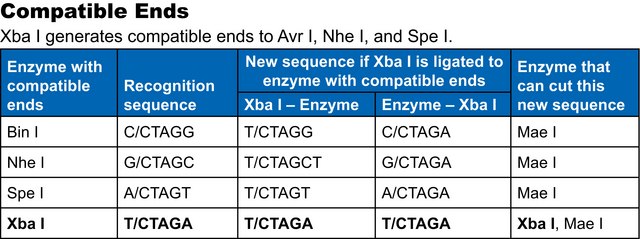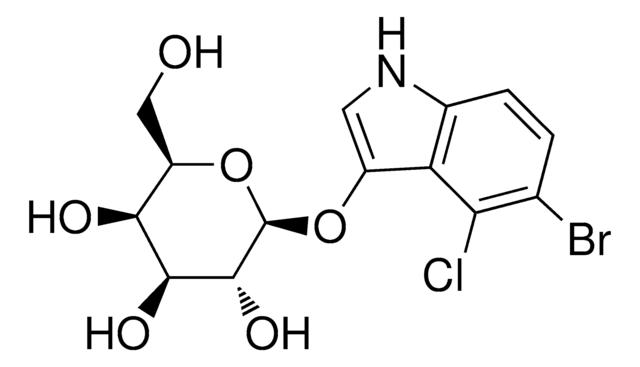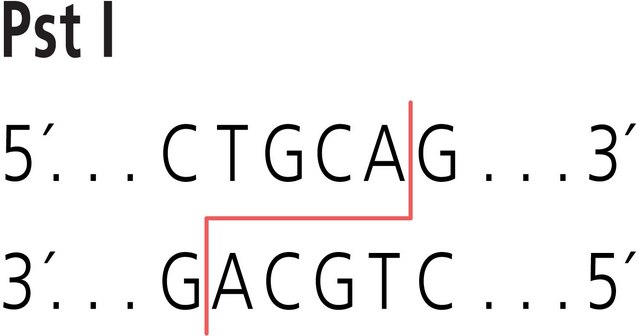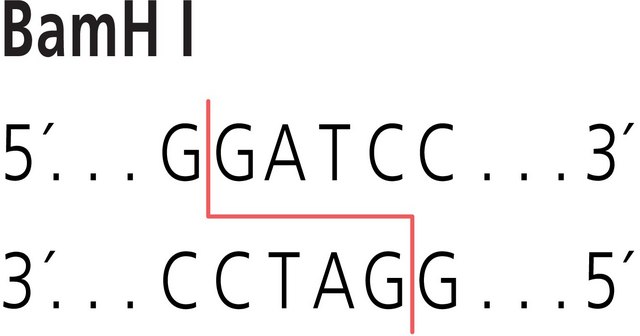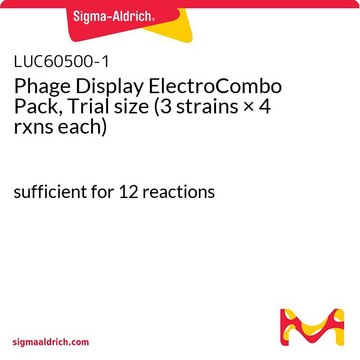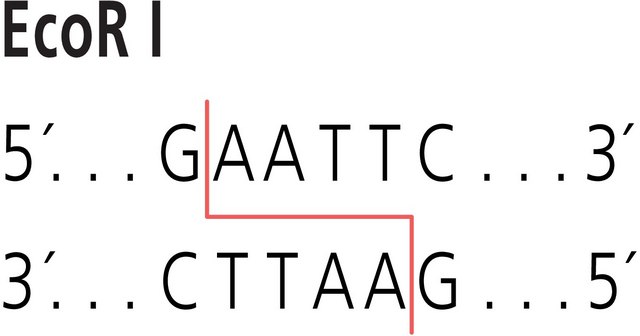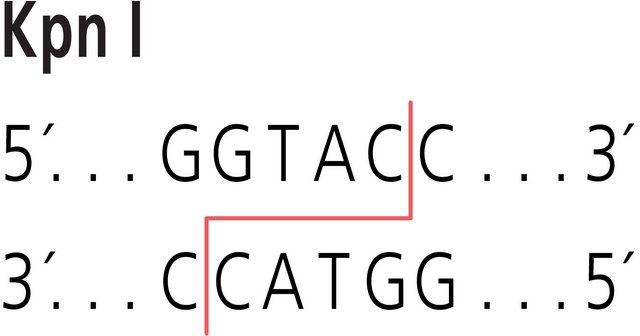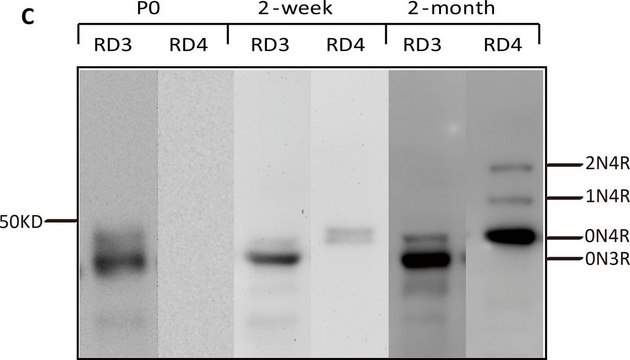R4503
Sma I from Serratia marcescens Sb
Restriction Enzyme
Sign Into View Organizational & Contract Pricing
All Photos(1)
About This Item
CAS Number:
EC Number:
MDL number:
UNSPSC Code:
12352204
Recommended Products
grade
for molecular biology
form
buffered aqueous glycerol solution
concentration
10,000 units/mL
shipped in
wet ice
storage temp.
−20°C
Specificity
Recognition sequence: 5′-CCC/GGG-3′
Cutting results: a 2-10-fold Sma I overdigestion of 1 μg λ DNA substrate results in 100% cutting
Heat inactivation: 65 °C for 15 minutes.
Cutting results: a 2-10-fold Sma I overdigestion of 1 μg λ DNA substrate results in 100% cutting
Heat inactivation: 65 °C for 15 minutes.
Application
SmaI is a restriction endonuclease used to cut DNA at the recognition sequence 5′-CCC/GGG-3′, generating DNA fragments with blunt termini.
Other Notes
Supplied with 10x Restriction Enzyme Buffer SA (B7531).
Comment: Half-life of Sma I at 37 °C is approximately 15 minutes.
Linkage
Isoschizomer: Xma I. Unlike Xma I, Sma I produces blunt-ended fragments.
Unit Definition
One unit is the enzyme activity that completely cleaves 1 mg of λDNA in 1 hr. at 25 °C in a total volume of 25 ml of 1x digestion buffer SA forrestriction enzymes.
Physical form
Solution in 10 mM potassium phosphate, pH 7.0, 1 mM EDTA, 300 mM NaCl, 5 mM dithiothreitol, 50% glycerol (v/v) , 0.02% polydocanol (v/v), at 4 °C
incubation buffer
Product No.
Description
Pricing
related product
Storage Class Code
12 - Non Combustible Liquids
WGK
WGK 3
Flash Point(F)
Not applicable
Flash Point(C)
Not applicable
Personal Protective Equipment
dust mask type N95 (US), Eyeshields, Gloves
Regulatory Information
新产品
Choose from one of the most recent versions:
Already Own This Product?
Find documentation for the products that you have recently purchased in the Document Library.
Leila C Campos et al.
Diagnostic microbiology and infectious disease, 65(2), 112-115 (2009-08-28)
The newly described Streptococcus pneumoniae serotype 6C accounted for 2.3% (16/709) of meningitis cases and 3.2% (3/95) of nasopharyngeal isolates from healthy individuals in Brazil. The strains were multidrug resistant (18.8%) and genetically diverse. Despite low serotype 6C prevalence, continuous
D Savoia et al.
The Journal of antimicrobial chemotherapy, 45(1), 41-47 (2000-01-11)
Two hundred and twenty one Streptococcus pyogenes isolates collected from throat swabs of untreated children with uncomplicated pharyngotonsillitis living in two centres situated in the north of Italy were tested to evaluate their macrolide resistance phenotype. Isolates were also typed
Two restriction-like enzymes from Xanthomonas malvacearum.
S A Endow et al.
Journal of molecular biology, 112(3), 521-529 (1977-05-25)
C Kessler et al.
Gene, 92(1-2), 1-248 (1990-08-16)
The properties and sources of all known class-I, class-II and class-III restriction endonucleases (ENases) and DNA modification methyltransferases (MTases) are listed and newly subclassified according to their sequence specificity. In addition, the enzymes are distinguished in a novel manner according
Yu-Feng Huang et al.
BMC systems biology, 6 Suppl 2, S10-S10 (2013-01-11)
Current next-generation sequencing (NGS) platforms adopt two types of sequencing mechanisms: by synthesis or by ligation. The former is employed by 454 and Solexa systems, while the latter by SOLiD system. Although the pros and cons for each sequencing mechanism
Our team of scientists has experience in all areas of research including Life Science, Material Science, Chemical Synthesis, Chromatography, Analytical and many others.
Contact Technical Service